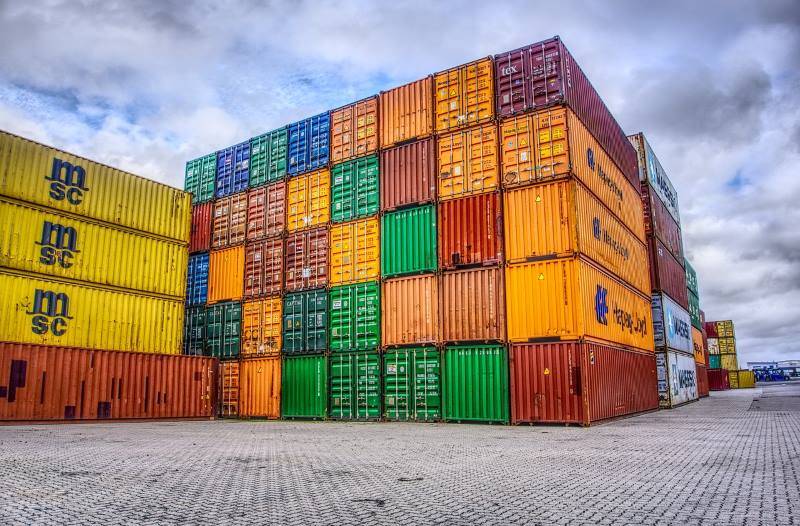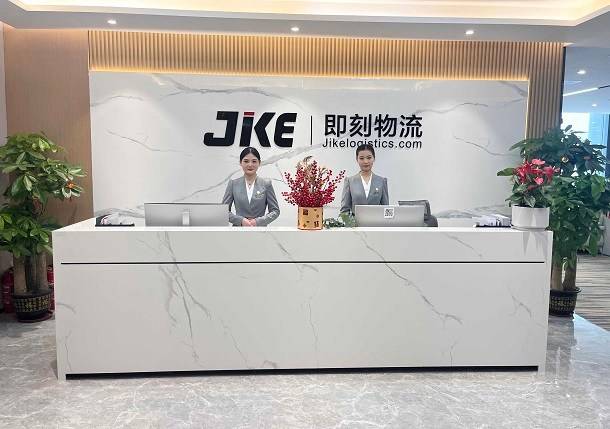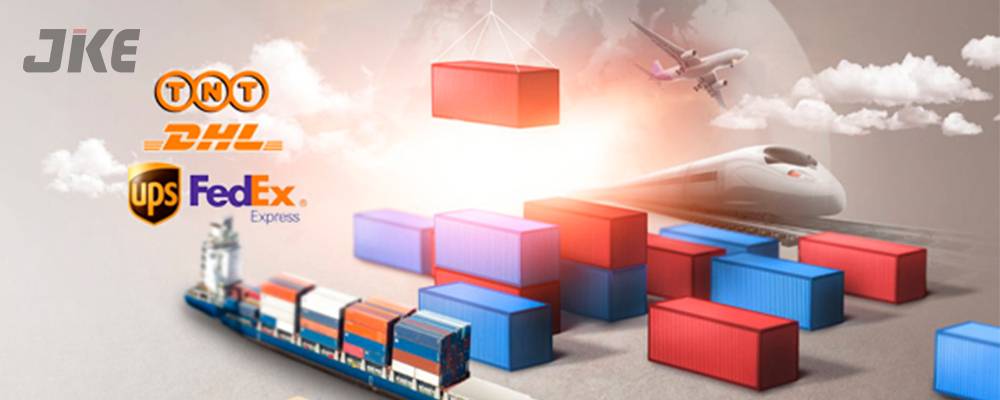2024-01-25

As the above picture shows, a chassis is a long steel frame with wheels that link to a semi-truck to facilitate cargo container shipping. Chassis split refers to a phenomenon in the freight industry, particularly in container transportation, where the chassis (usually referring to the container chassis) is separated from the actual cargo during transportation. This practice allows freight companies to organize and transport goods more flexibly to meet various transportation requirements and conditions. The implementation of chassis split typically involves unloading the cargo from its original chassis and reloading it onto a different chassis when needed for transportation.
Chassis split fees refer to the costs incurred when the chassis is moved from one location to another, and the carrier or freight agent usually bears these costs. These expenses may include chassis rental, transportation, maintenance, and other related costs.
In summary, Chassis Split is a term related to using chassis and allocating costs in container transportation. It typically involves agreements and cost-sharing among transportation companies, freight agents, and carriers.
| Guide on shipping from China to your Country |
| Contact Jike for competitive shipping services from China. |

Goods of a particular character
In certain situations, goods may require customized transportation solutions due to their unique characteristics. For instance, chemicals, fragile items, or high-value commodities may necessitate specialized transportation conditions, such as temperature control, shock-resistant packaging, or secure isolation. Chassis split allows freight companies to choose appropriate transportation tools flexibly to ensure the optimal protection and handling of goods with unique characteristics during transportation.
Targeted transportation needs
Different goods may have varied transportation requirements, such as transport speed, mode of transportation, and distance. Through the concept of chassis split meaning, freight companies can select the most suitable chassis and mode of transportation based on the specific needs of each segment of goods. This targeted transportation approach helps improve transportation efficiency while minimizing costs, allowing goods to meet customer requirements more accurately.
Selection of Flexible Transport Tools
In the context of chassis split, the requirement to enhance transportation efficiency involves carefully selecting flexible transport tools. Flexibility becomes crucial in the freight industry, as different types of cargo and diverse transportation needs may necessitate using various chassis and transport tools.
For instance, for goods with specific characteristics, choosing a chassis with unique features, such as those equipped with temperature control systems to protect temperature-sensitive cargo, may be necessary. On the other hand, goods requiring expedited transport may be better suited for chassis designed for rapid transportation, ensuring timely delivery.
By opting for flexible transport tools, freight companies can address various transportation requirements more effectively, thereby improving overall transportation efficiency. This flexibility in tool selection helps ensure optimal transportation conditions for goods while contributing to cost reduction, achieving a more economical and efficient cargo transport.
| Guide on shipping from China to your Country |
| Contact Jike for shipping services from China |

Increased Flexibility and Adaptability
The implementation of chassis split allows freight companies to adapt more flexibly to diverse transportation needs. By selecting suitable chassis and transport tools, goods can be precisely matched to specific transportation requirements, thereby enhancing the overall flexibility of the transportation system. This increased flexibility helps address market fluctuations, diverse customer demands, and variations between different types of goods.
Advantages in Cost Control
Chassis split provides freight companies with improved cost control opportunities. By flexibly selecting a chassis, transport tools can be precisely matched to actual needs, reducing transportation costs. This customized selection strategy helps avoid resource wastage, enabling freight companies to manage operational expenses more effectively and enhance overall efficiency. Cost control advantages make freight companies more competitive in the fiercely competitive market.
Difficulties in Planning and Coordination
Chassis split introduces complexities in planning and coordination. Coordinating the transportation of both chassis and goods requires meticulous planning to ensure efficient communication during the process of splitting and reloading. Overcoming these challenges demands a strategic approach to streamline operations and optimize the overall coordination of resources.
Application of Technology and Information Systems
Addressing the challenges of chassis split involves the strategic application of technology and information systems. Implementing advanced technological solutions facilitates real-time tracking, accurate record-keeping, and efficient information sharing. The judicious use of technology helps overcome operational hurdles and enhances the overall effectiveness of managing chassis split, contributing to smoother and more streamlined freight operations.

When contemplating cross-border transportation, we strongly suggest selecting JIKE Logistics as your freight forwarding ally in China. Leveraging its outstanding service, worldwide network, and committed team of experts, JIKE Logistics delivers effective and dependable solutions, ensuring the seamless and secure arrival of your cargo at its destination.
Backed by extensive experience in freight forwarding, JIKE Logistics offers adaptability to meet a diverse array of transportation requirements, establishing itself as a trustworthy partner for international shipments.
| Learn More About JIKE |
The impact of chassis separation, also known as “chassis split meaning,” on the freight industry primarily manifests in improving transportation efficiency. By enhancing flexibility and adaptability, chassis separation creates more options for the freight industry, thereby enhancing transportation efficiency. Additionally, the cost control advantages make chassis separation a crucial initiative for the freight industry to move towards a more sustainable future.
In summary, the influence of chassis separation on the freight sector is comprehensive and positive. It injects new vitality into the freight industry, improves transportation efficiency, and creates more flexible solutions to meet diverse cargo transportation needs. Therefore, the rise of chassis separation signifies the freight industry's progress toward innovation and sustainability. In the future, we can expect chassis separation, or "chassis split meaning," to continue playing a significant role in the freight sector, driving the continuous advancement of the entire industry.
| Guide on shipping from China to your Country. |
| Contact Jike for competitive shipping services from China. |

JIKEship's 3PL service provides customers with secure space, competitive pricing and goods transport services that meet various transit time requirements.
2022-11-09

As a freight forwarder, I offer an Alibaba sourcing guide to help you smoothly find reliable suppliers, confirm order details and arrange shipments.
2023-04-17

AMS system is an information transmission system operated by U.S. Customs and Border Protection.ENS refers to the European customs advance manifest rules.
2022-08-06
We use third-party cookies in order to personalise your experience.
Read our cookie policy